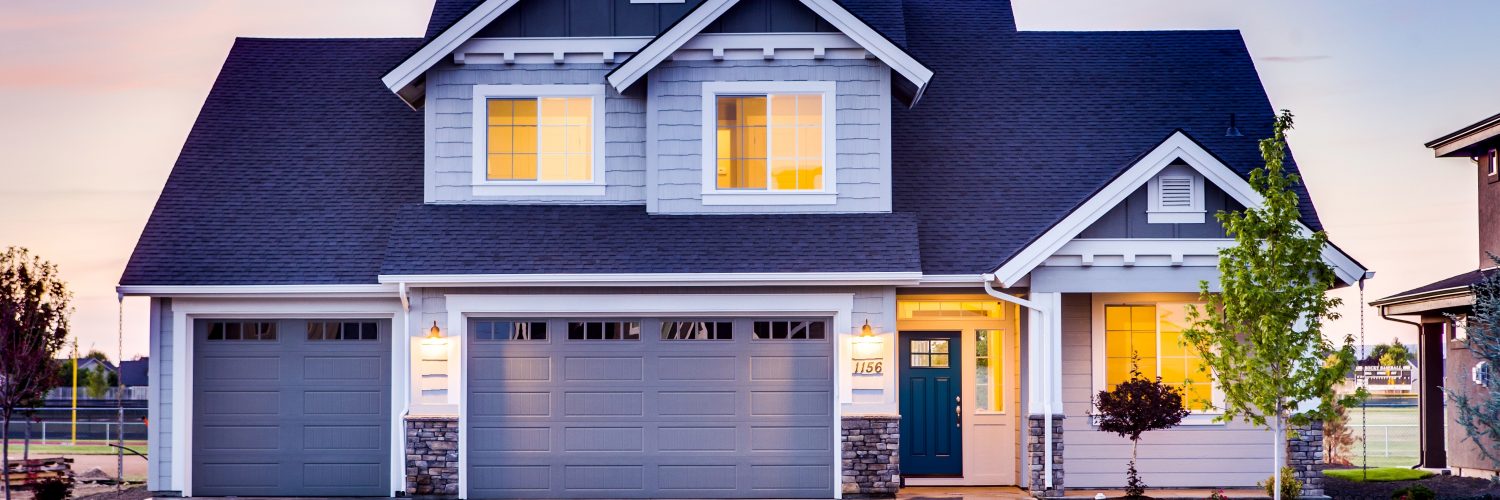Finding solutions to complex problems requires understanding the scope of the challenge ahead. Affordable housing, a much-discussed issue facing our Valley and our state, is no different. While we may disagree about how best to build and fund more housing for families at all income levels, we should at least agree on the basic facts – like how often renters are evicted in Maricopa County and statewide.
Media reports over the past few months have cited numerous eviction statistics. The numbers tossed around have been massive, from a recent Arizona Republic opinion piece which stated: “Maricopa County evictions rose 75% from 2017 to 2018,” to a much-quoted August KJZZ piece that cited “a 400% increase over the last 10 years” statewide.
The problem with these numbers? They’re wrong.
A simple analysis of Arizona court statistics shows that the rate of evictions in Maricopa County has remained stable since the Great Recession of 2008. For every 1,000 rental residents in the county, about 16 or 1.6% ended up being evicted in 2018. Counter to the recent narratives, that’s the same eviction rate that existed in 2008. Interestingly, the number of eviction actions filed in county courts have dropped significantly by nearly 18 percent between 2008 and 2018. Meanwhile, the county’s renter population jumped by 32 percent across the same decade.
Most importantly, the eviction rate in Arizona has not increased, and we are far from experiencing record levels of evictions. Those are the facts, and it’s a good thing.
As the president of the Arizona Multihousing Association, a trade organization with more than 3,000 members including owners of a single rental home and the state’s largest rental apartment property owners, I understand well that each eviction represents a uniquely difficult moment for both renters and property owners. For renters, evictions may create pain and inconvenience. For property owners, the cost of eviction and re-renting an apartment home sabotages their investment and the bottom line. For all these reasons, our organization and our partners are working hard to help address one of the underlying causes to evictions, and to attack the undersupply of housing that represents the crux of the problem.
How undersupplied is the Valley rental market? According to a study by the National Apartment Association, metropolitan Phoenix would need to build 11,000 units a year for the next decade to meet the rising demand created by being the nation’s fastest-growing county. Every day, 200 new residents move to Maricopa County. Because we are nowhere near building at such a furious pace, rents continue to rise. That’s the law of supply and demand at work.
Building more housing for low-income families will require innovation and collaboration between the private and public sectors. Locally, elected officials must work with developers to remove the onerous bureaucratic restrictions that drive the cost of housing higher. Overly restrictive zoning, cost-intense design guidelines, and discretionary review processes which allow arms of local government to add costly fits and finishes to projects all contribute to making housing construction more expensive. Inevitably, higher costs mean higher rents – or less investment from developers who choose to take their limited resources elsewhere.
At the state level, momentum has begun to build to piggyback on a federal program known as the Low-Income Housing Tax Credit, or LIHTC. Signed by President Reagan, expanded by Democratic presidents and continued by President Trump, federal LIHTC has supported the construction or renovation of about 2 million housing units nationally. Already, 16 states have created their own LIHTC program to speed up the construction of housing for those who would struggle to otherwise afford to pay rent. In Colorado, the state LIHTC program has helped created about 5,000 new affordable housing units since 2015.
Each new unit represents a boost to Arizona’s economy and our pivotal construction industry. Even more importantly, the family living in each new unit will be better able to afford their home.
No matter what the statistics say, we should all be able to agree that Arizona’s families deserve our very best effort when it comes to meeting such a critical challenge.
Courtney Gilstrap LeVinus is the president and CEO of the Arizona Multihousing Association















Add comment